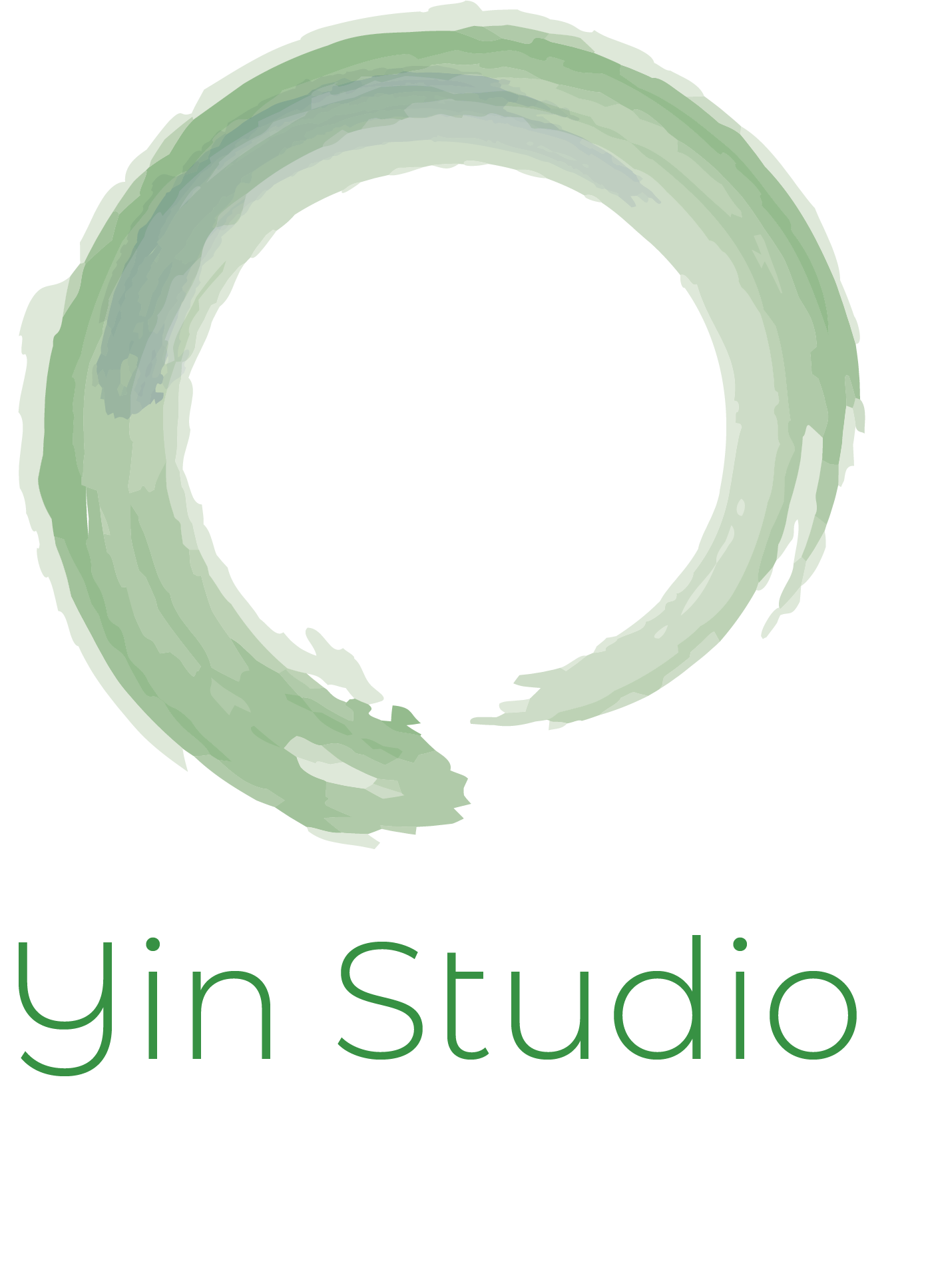What is the Science behind Acupuncture for Pain Relief?
HOW CAN ACUPUNCTURE HELP? WHAT IS THE SCIENCE?
When something goes wrong in the body, sensory messages travel through nerve fibers to the brain, where we register the sensation of pain. If the pain from a chronic injury or illness persists, these pathways can become hypersensitive—creating a system on high alert.
Acupuncture and other non-invasive techniques can address both the initial cause of the pain, and the hypersensitive mechanisms that develop over time. These therapies provide immediate relief and relaxation by triggering the body’s natural painkillers, while stimulating the repair of damaged muscles and tissues to induce a healing response. You begin to feel better, move more freely, and heal the physical, emotional, and mental effects of pain.
The following is a list of mechanisms that have been identified in many scientific studies:
Acupuncture promotes blood flow. This is significant because everything the body needs to heal is in the blood, including oxygen, nutrients we absorb from food, immune substances, hormones, analgesics (painkillers) and anti-inflammatories. Restoring proper blood flow is vital to promoting and maintaining health. Blood flow decreases as we age and can be impacted by trauma, injuries and certain diseases. Acupuncture has been shown to increase blood flow and vasodilation in several regions of the body.
Acupuncture stimulates the body’s built-in healing mechanisms. It creates “micro traumas” that stimulate the body’s ability to spontaneously heal injuries to the tissue through nervous, immune and endocrine system activation. As the body heals, the micro traumas induced by acupuncture, it also heals any surrounding tissue damage left over from old injuries.
Acupuncture releases natural painkillers. Inserting a needle sends a signal through the nervous system to the brain, where chemicals such as endorphins, norepinephrine and enkephalin are released. Some of these substances are 10-200 times more potent than morphine!
Acupuncture reduces both the intensity and perception of chronic pain. It does this through a process called “descending control normalisation”, which involves the serotonergic nervous system.
Acupuncture relaxes shortened muscles. This in turn releases pressure on joint structures and nerves, and promotes blood flow.
Acupuncture reduces stress. This is perhaps the most important systemic effect of acupuncture. Recent research suggests that acupuncture stimulates the release of oxytocin, a hormone and signalling substance that regulates the parasympathetic nervous system. You’ve probably heard of the “fight-or-flight” response that is governed by the sympathetic nervous system. The parasympathetic nervous system has been called the “rest-and-digest” or “calm-and-connect” system, and in many ways is the opposite of the sympathetic system. Acupuncture may also have an effect on the body's stress response system, otherwise known as the hypothalamus-pituitary-adrenal (HPA) axis, which could be why acupuncture patients report lower stress levels and anxiety after treatment, at least in the short term.
RESEARCH
The world's largest randomised controlled trial of the use of acupuncture in emergency departments has found the treatment is a safe and effective alternative to pain-relieving drugs for some patients.
Led by RMIT University in Melbourne, the 2017 study found acupuncture was as effective as pain medicine in providing long-term relief for patients who came to emergency in considerable pain.
For acute pain, a systematic review of 13 trials found that acupuncture was more effective than both sham needling and injection with painkillers.
For chronic pain, in the largest study of its kind to date, 454,920 patients were treated with acupuncture for headache, low back pain, and/or osteoarthritis in an open pragmatic trial. Effectiveness was rated as marked or moderate in 76% of cases by the 8,727 treating physicians. In a 2-year retroactive survey of over 89,000 patients published in 2016, 93% of patients said that their acupuncturist had been successful in treating their musculoskeletal pain.
A meta-analysis of 17,922 patients from randomised trials concluded, “Acupuncture is effective for the treatment of chronic pain and is therefore a reasonable referral option. Significant differences between true and sham acupuncture indicate that acupuncture is more than a placebo.” A follow up study with this data looking at long-term pain relief, found that the benefits of acupuncture persisted 12 months after treatment ended.
Another study in the journal, Current Opinion in Anaesthesiology, in the paper titled ‘Acupuncture for Chronic Pain: an Update and Critical Overview’ concluded that “mounting evidence supports the effectiveness of acupuncture to treat chronic low back, neck, shoulder, and knee pain, as well as headaches. Additional data are emerging that support the use of acupuncture as an adjunct or alternative to opioids, and in peri-operative settings.”
93% of 89,000 patients reported successful treatment
for musculoskeletal pain with acupuncture
(American Specialty Health 2016)
In the context of ineffective and often dangerous pharmaceutical options for pain, acupuncture represents a safe and effective alternative with a long track-record of successful use.
LEAVE YOUR PAIN AT THE DOOR...
The United Nations’ World Health Organisation and the US National Institutes for Health say acupuncture is ideal for a range of conditions. Clinical research demonstrates the effectiveness of acupuncture for 46 conditions, with another 71 conditions showing mixed evidence of its efficacy. We have had great success treating them.
o Headache and migraine – including tension headaches
o Muscle and tendon pain – such as sporting injuries, sprains and strains, neck pain, lower back pain, buttock pain, shoulder pain, frozen shoulder, knee pain, repetitive strain injury, overuse syndrome, plantar fasciitis
o Nerve pain – including pinched nerves, sciatica, carpal tunnel syndrome, numbness and pins and needles caused by compression of the spinal nerve roots, shingles
o Joint pain – osteoarthritis, rheumatoid arthritis, dislocation
o Temporomandibular joint disorder – also called TMJ, often associated with clenched teeth
o Post-operative pain
o Dental pain – toothache, post-operative pain
